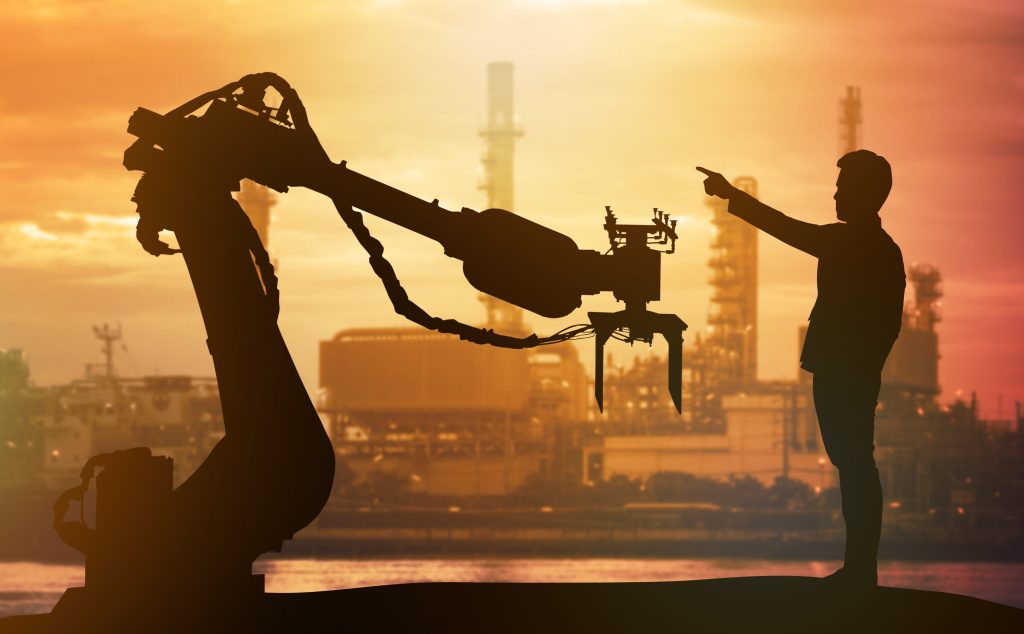Digital Manufacturing in 2019 can be boiled down to a simple scheme: connect assets, collect data, and correct settings. Connecting you and your ecosystem’s physical assets and systems—from sales and operations planning through production and fulfillment, with funnels to the vast cloud of unstructured data floating around them—will let you amass the rich data being generated for analysis and course correction.

The tools and technologies are by now well-known. Most companies are rounding up the usual suspects: digital twinning to get things straight, the IIoT to equip assets with sensors for reporting, edge and cloud computing to gather and route the data, 3D printing farms for rapid turnaround and customization cases, and machine learning’s situational awareness to find out what’s happening and prescribe action.
The result is stunning in its elegant entirety, and already being realized at various stages of maturity in plants worldwide. For example, the World Economic Forum (WEF), in conjunction with McKinsey & Company, is identifying “Production Lighthouses”—companies employing Industry 4.0 technologies at scale to digitally transform manufacturing.
The WEF cites one “beacon” company that checks line and shift performance with digital whiteboards that display real-time metrics backed by machine learning to uncover root causes. Another’s machines “learn” from mistakes and adjust their settings. One site built a digital model of its future factory, co-created with operators who wore VR glasses and used remotes to view the changes and their new roles.
The task is so enormous, and the stakes are so high—with estimated gains from Industry 4.0 of more than $3 trillion in value for global manufacturers after years of dawdling productivity, and the national stability that accrues from an advanced manufacturing sector—that governments and private-public tie-ups are stepping in. It’s similar to connecting for digital manufacturing—only here, linking with centers of competence to crowdsource the guidance needed to effect such a monumental transformation.

One example in the United States is the Digital Manufacturing and Design Innovation Institute (DMDII)—a part of Manufacturing USA, which brings together universities, industry, startups, and government to tackle technology advancement challenges in digital manufacturing too complex for any one organization to crack on its own. DMDII’s shared R&D testbed lets companies access advanced manufacturing equipment, facilities, and technical expertise. Its future factory trains users in applying digital manufacturing technologies. The institute’s technology roadmaps focus on digital design, product development, systems engineering, cybersecurity in manufacturing, and supply chain. Training is available via online courses, and through “Digital Days” for students.
McKinsey is collaborating with DMDII on a North American Digital Capability Center, a learning space for hands-on training. The center’s mock line transforms in stages—just as most companies will, as they phase in digital manufacturing—from a legacy, non-digitized production operation into a digitally driven setup with advanced analytics in supply chain, augmented reality and digital assistance for operators.
It’s a lengthy journey to digital manufacturing, but “Visitors Centers” like these along the highway can help you find your way.

